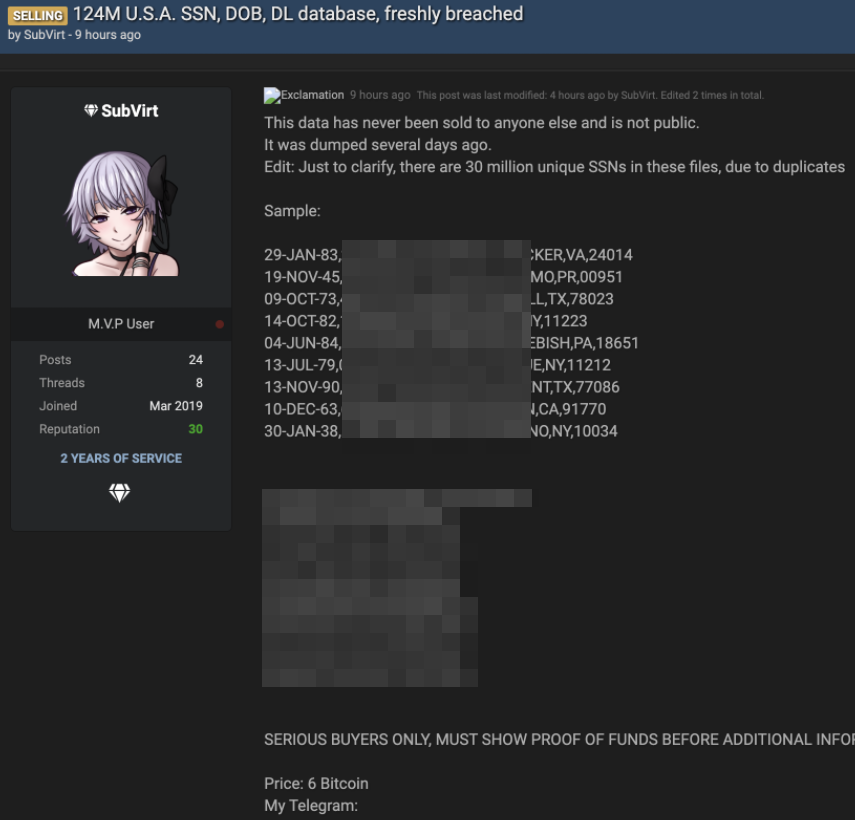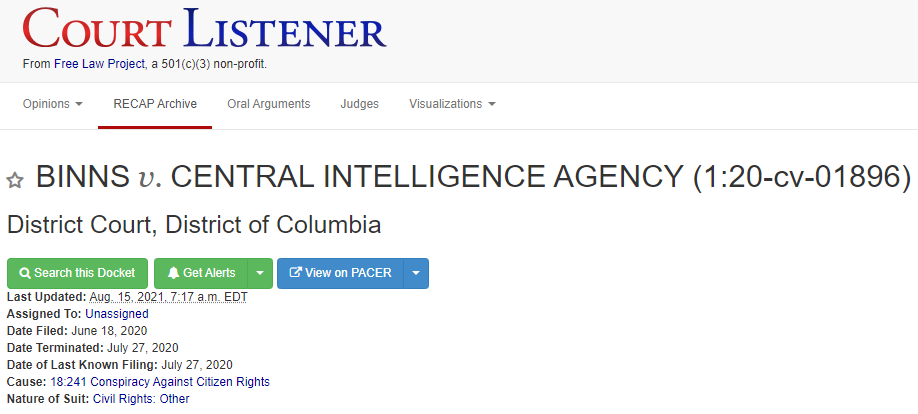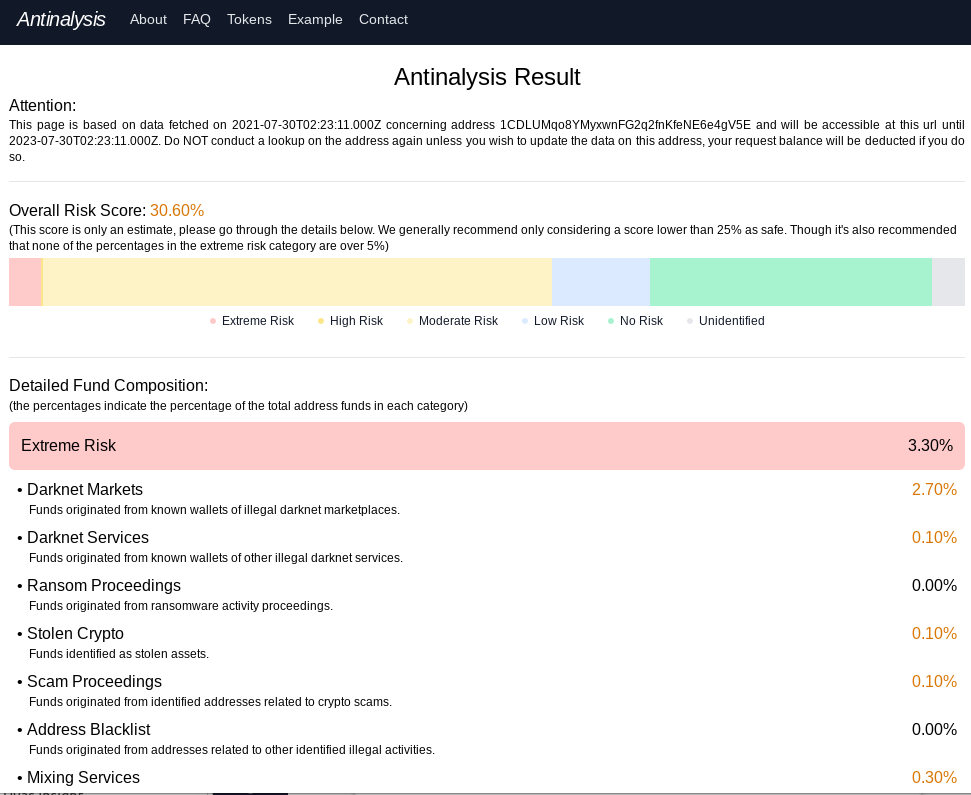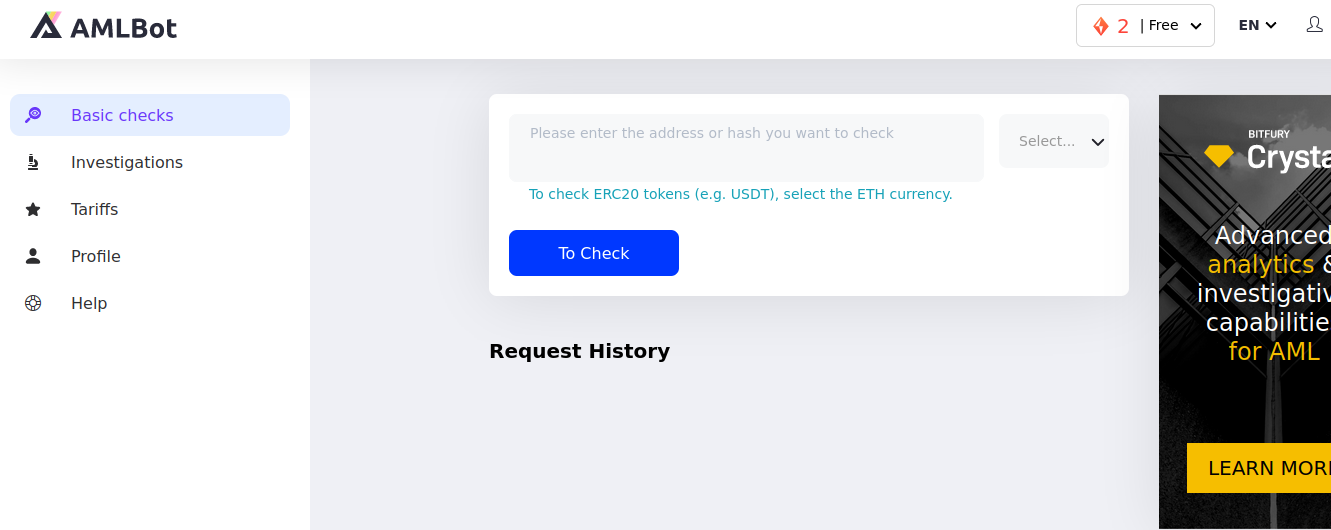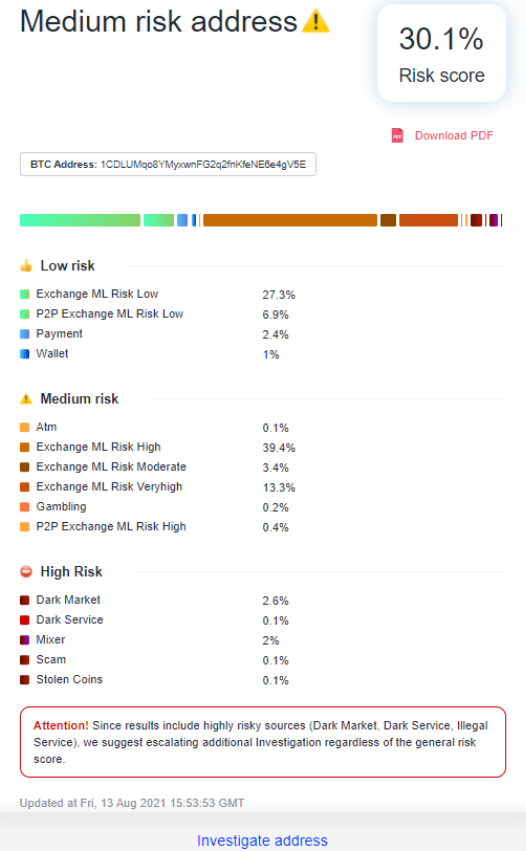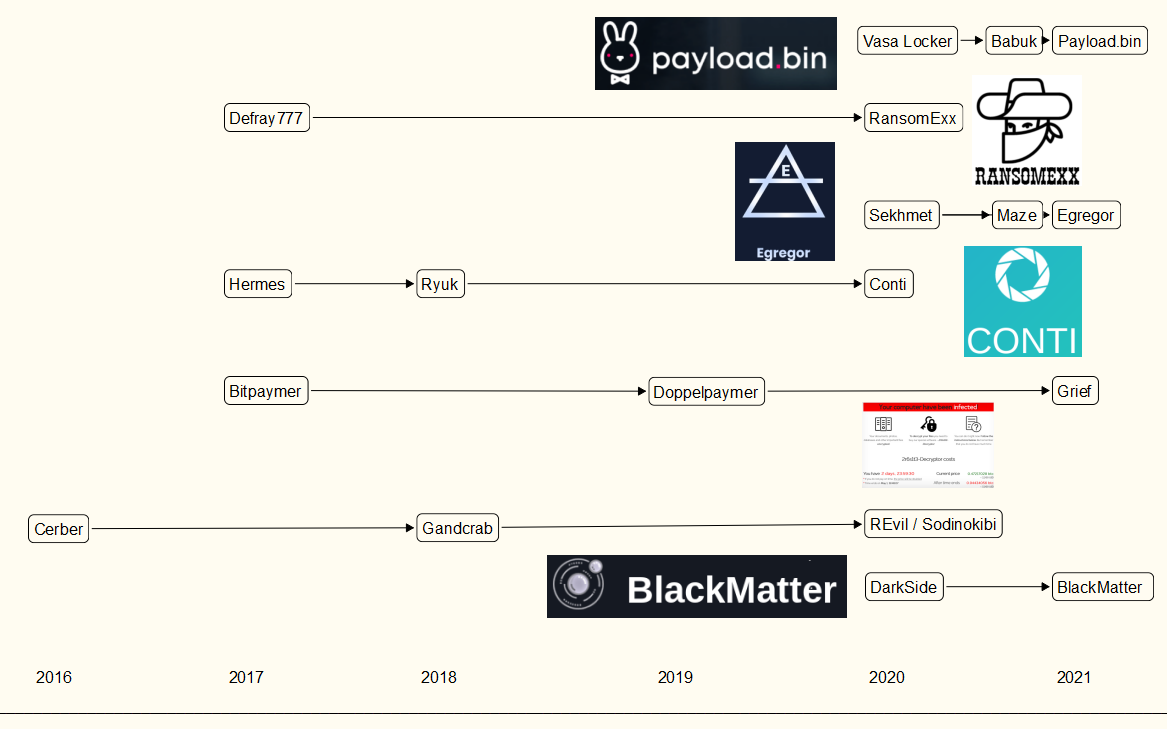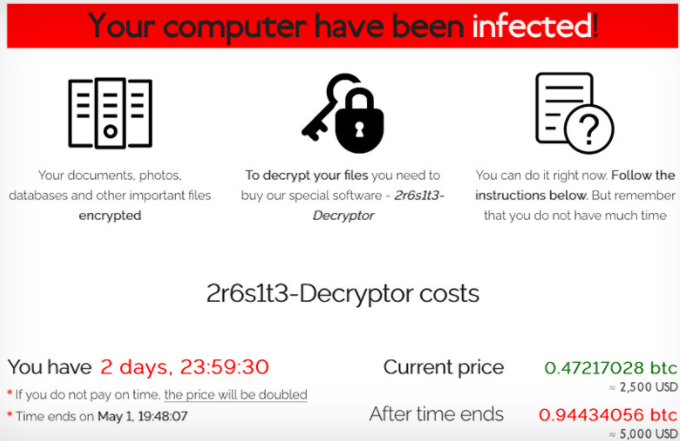T-Mobile: Breach Exposed SSN/DOB of 40M+ People

T-Mobile is warning that a data breach has exposed the names, date of birth, Social Security number and driver’s license/ID information of more than 40 million current, former or prospective customers who applied for credit with the company. The acknowledgment came less than 48 hours after millions of the stolen T-Mobile customer records went up for sale in the cybercrime underground.
In a statement Tuesday evening, T-Mobile said a “highly sophisticated” attack against its network led to the breach of data on millions of customers.
“Our preliminary analysis is that approximately 7.8 million current T-Mobile postpaid customer accounts’ information appears to be contained in the stolen files, as well as just over 40 million records of former or prospective customers who had previously applied for credit with T-Mobile,” the company wrote in a blog post. “Importantly, no phone numbers, account numbers, PINs, passwords, or financial information were compromised in any of these files of customers or prospective customers.”
Nevertheless, T-Mobile is urging all T-Mobile postpaid customers to proactively change their account PINs by going online into their T-Mobile account or calling customer care at 611. “This precaution is despite the fact that we have no knowledge that any postpaid account PINs were compromised,” the advisory reads.
It is not clear how many people total may be impacted by this breach. T-Mobile hasn’t yet responded to requests for clarification regarding how many of the 7.8 million current customers may also have been affected by the credit application breach.
The intrusion first came to light on Twitter when the account @und0xxed started tweeting the details, and someone on a cybercrime forum began selling what they claimed were more than 100 million freshly hacked records from T-Mobile. The hackers claimed one of those databases held the name, date of birth, SSN, drivers license information, plaintext security PIN, address and phone number of 36 million T-Mobile customers in the United States — all going back to the mid-1990s.
T-Mobile said it was also able to confirm approximately 850,000 active T-Mobile prepaid customer names, phone numbers and account PINs were also exposed.
“We have already proactively reset ALL of the PINs on these accounts to help protect these customers, and we will be notifying accordingly right away. No Metro by T-Mobile, former Sprint prepaid, or Boost customers had their names or PINs exposed,” T-Mobile said. “We have also confirmed that there was some additional information from inactive prepaid accounts accessed through prepaid billing files. No customer financial information, credit card information, debit or other payment information or SSN was in this inactive file.”
T-Mobile said it would pay for two years of identity theft protection services for any affected customers, and that it was offering “an extra step to protect your mobile account with our Account Takeover Protection capabilities for postpaid customers, which makes it harder for customer accounts to be fraudulently ported out and stolen.” Why it wouldn’t make that extra protection standard for all accounts all the time is not entirely clear.
This stolen data is being actively sold, but if the past is any teacher much of it will wind up posted online soon. It is a safe bet that scammers will use some of this information to target T-Mobile users with phishing messages, account takeovers and harassment.
T-Mobile customers should expect to see phishers taking advantage of public concern over the breach to impersonate the company — and possibly even messages that include the recipient’s compromised account details to make the communications look more legitimate.
Data stolen and exposed in this breach may also be used for identity theft. Credit monitoring and ID theft protection services can help you recover from having your identity stolen, but most will do nothing to stop the ID theft from happening. If you want the maximum control over who should be able to view your credit or grant new lines of credit in your name, then a security freeze is your best option.
If you’re a current T-Mobile customer, by all means change your account PIN as instructed. But regardless of which mobile provider you patronize, consider removing your phone number from as many online accounts as you can. Many online services require you to provide a phone number upon registering an account, but in many cases that number can be removed from your profile afterwards.
Why do I suggest this? Many online services allow users to reset their passwords just by clicking a link sent via SMS, and this unfortunately widespread practice has turned mobile phone numbers into de facto identity documents. Which means losing control over your phone number thanks to an unauthorized SIM swap or mobile number port-out, divorce, job termination or financial crisis can be devastating.

